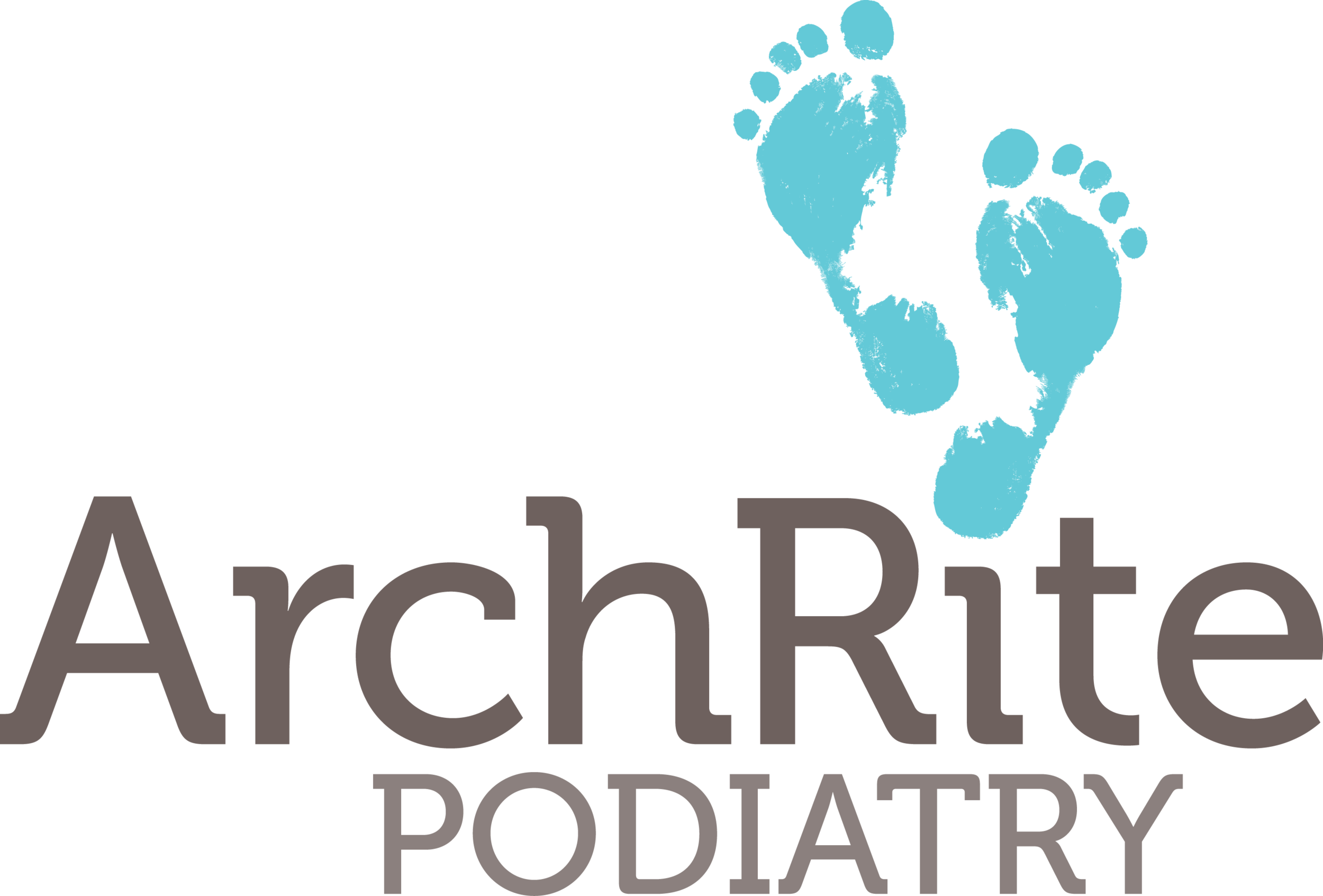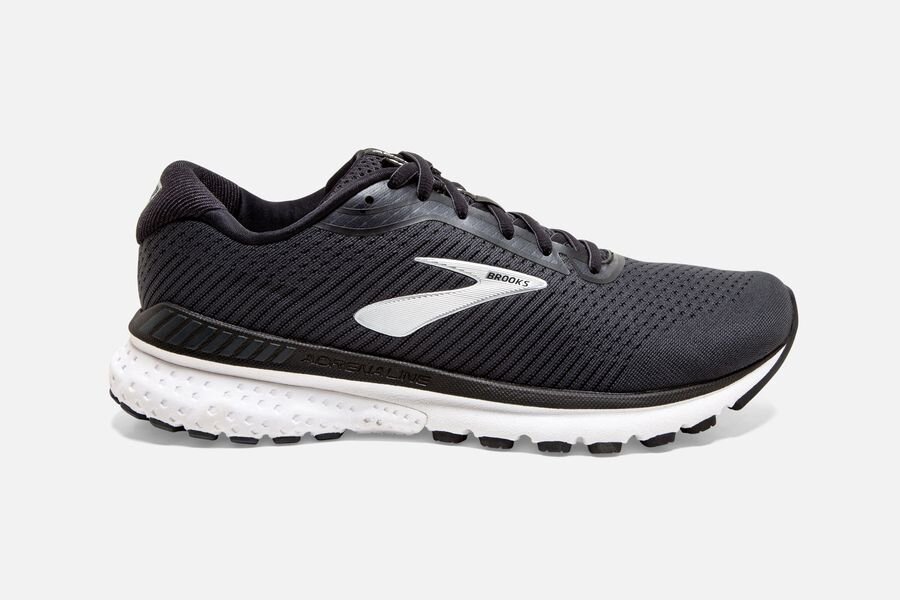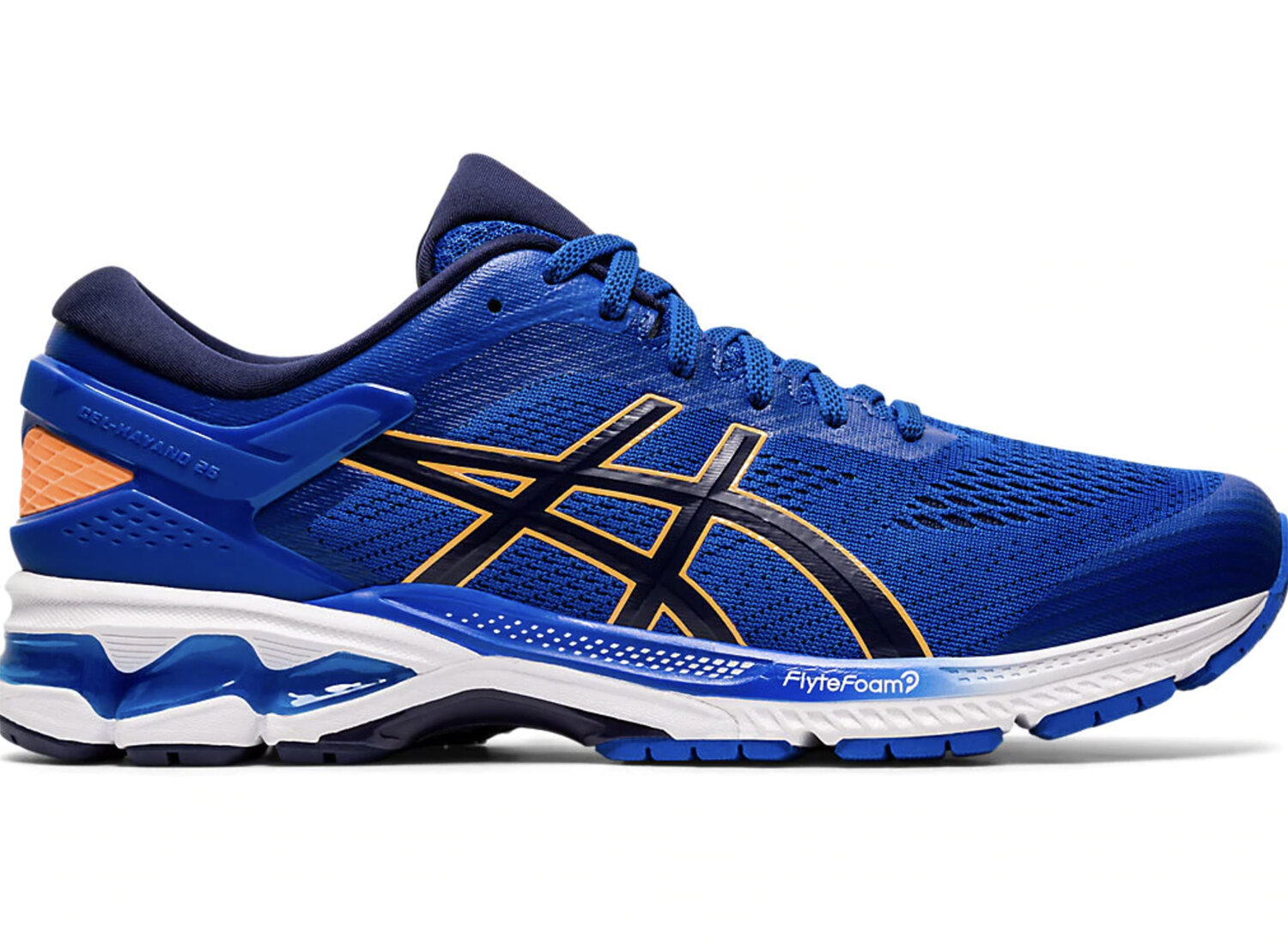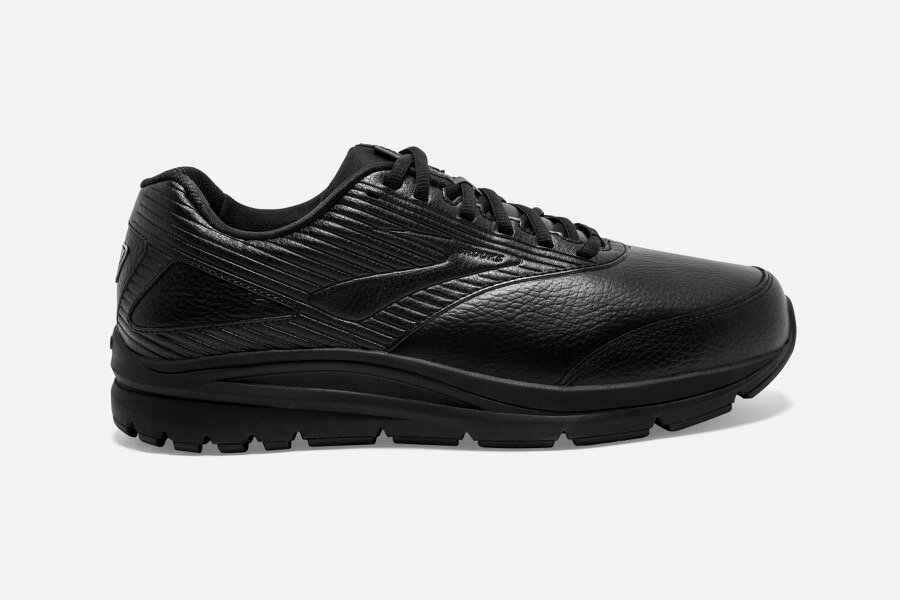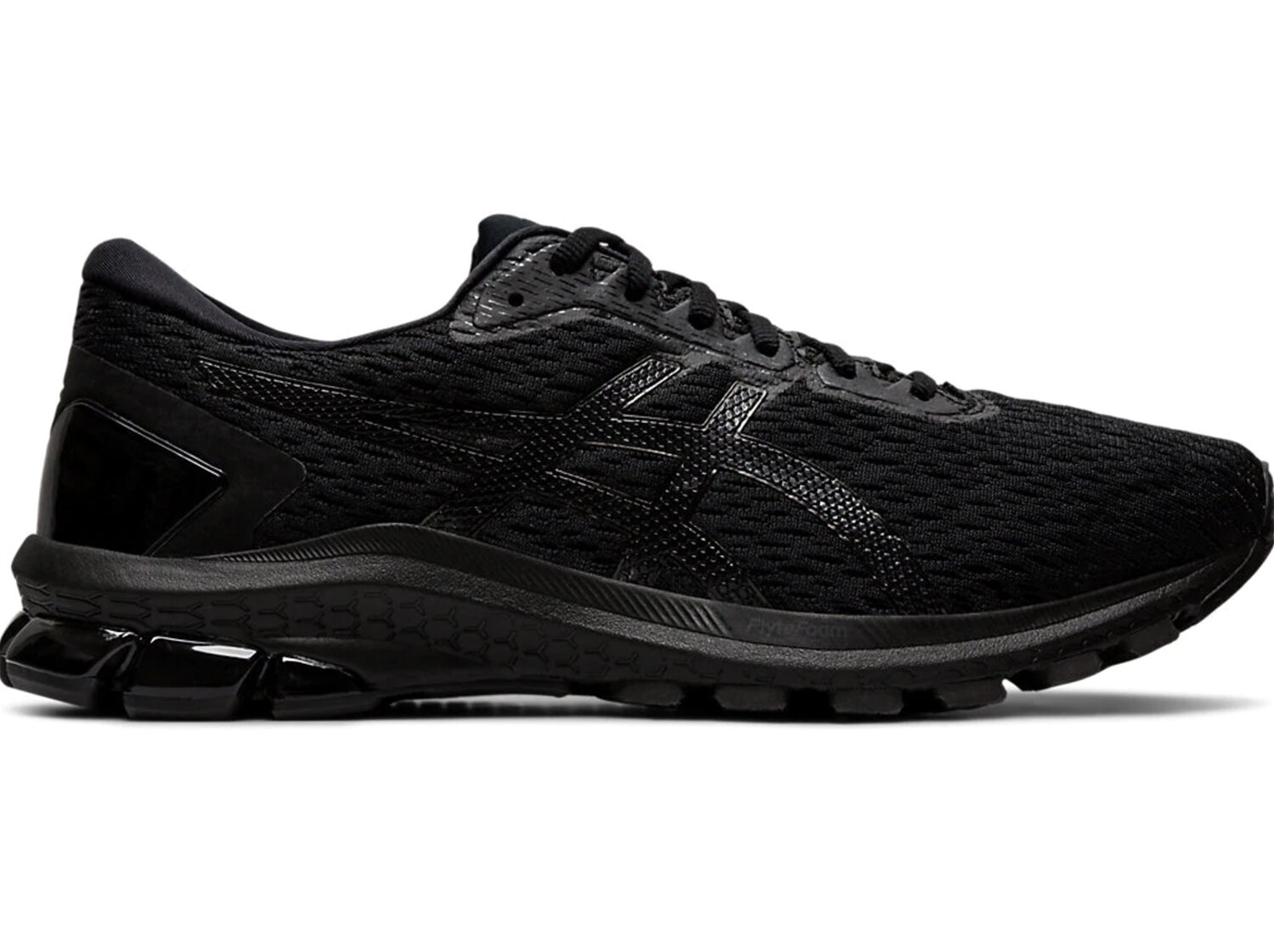Find the Right Fit for Your Sports Shoes!
Cross-Trainers VS. Running Shoes VS. Walking Shoes
Looking to purchase a new pair of sports shoes? Walking into a sports store can be overwhelming with the options available! Below are some guideline based on the overall purpose of the shoe and our recommended fitting advice. Ensure to have a good walk or jump around in the store before purchasing any footwear to ensure they’re going to stay comfortable.
CROSS-TRAINERS (OR TRAINING SHOES)
· Training shoes are for multi-directional movement, especially lateral (side-to-side) movement
· The sole of a training shoe is more flexible to allow a wide range of movement.
· Features of a training shoes include a comfortable upper and flexible midsole for multi-directional movement. They tend to be flatter, putting you closer to the ground to push off and pivot. Training shoes are lightweight for easy and efficient movement.
· Examples: See Below.
RUNNING SHOES
· Running shoes tends to have more cushioning in the forefoot and heel
· Running shoes have a higher heel drop (distance from the heel height to the toe height) due to extra cushioning and support.
· Running shoes tend to be lighter in weight but heavier in cushioning
· Examples: See below.
WALKING SHOES
· Walking has less impact than on the body than running, which means walking shoes usually requires less cushioning and support compared to running shoes.
· Walking shoes aren’t necessarily heavy, but they’re always heavier than running shoes.
· Examples: See Below.
FIND THE RIGHT FIT
· Always try to shop for shoes during the afternoon – the foot naturally expands with use during the day
· No two feet are the same. One foot can be slightly larger than the other foot, so always buy the shoe size that fits the larger foot. There are different pads and inserts that can take up room in the shoe if it is too big, but you cannot add space to a shoe that is too small. If your feet are more than 1 1/2 sizes different, then get two different sized shoes.
· Stand in the shoes. Press gently on the top of the shoe to make sure you have about a 1cm of space between your longest toe and the end of the shoe. Wiggle your toes to make sure there's enough room.
· The width of the shoes is as important as the length. Make sure the ball of your foot doesn’t feel compressed in a shoe and ask if it comes in a wider size if it does. Buying shoes that are a half-size bigger — but not any wider — won't necessarily solve the problem.
· Make sure you buy the right shoe for the right purpose. Walkers can get away with running shoes but not vice versa. Walking and running shoes may not last as long if used for gym work.
CHECKING SUPPORT OF A SHOE
· Pushing the back of the heel – a firm heel keeps everything in place and prevents your heel from ‘swimming’ in the shoe
· Fastening check – laces or velcro secures the shoes onto the feet.
· Bend check – the shoe should bend at the ball of the foot, as this is where your foot will bend naturally.
SPORTS PODIATRY
ArchRite Podiatry can provide a footwear assessment to determine the correct footwear for your feet during exercise. Podiatry issues are common amongst athletes or people who exercise on a regular basis, which is why we suggest making an appointment if you’re feeling uncomfortable while doing physical exercise. Our Perth Podiatrists will assess if there’s an underlying issue you’re not aware of.
